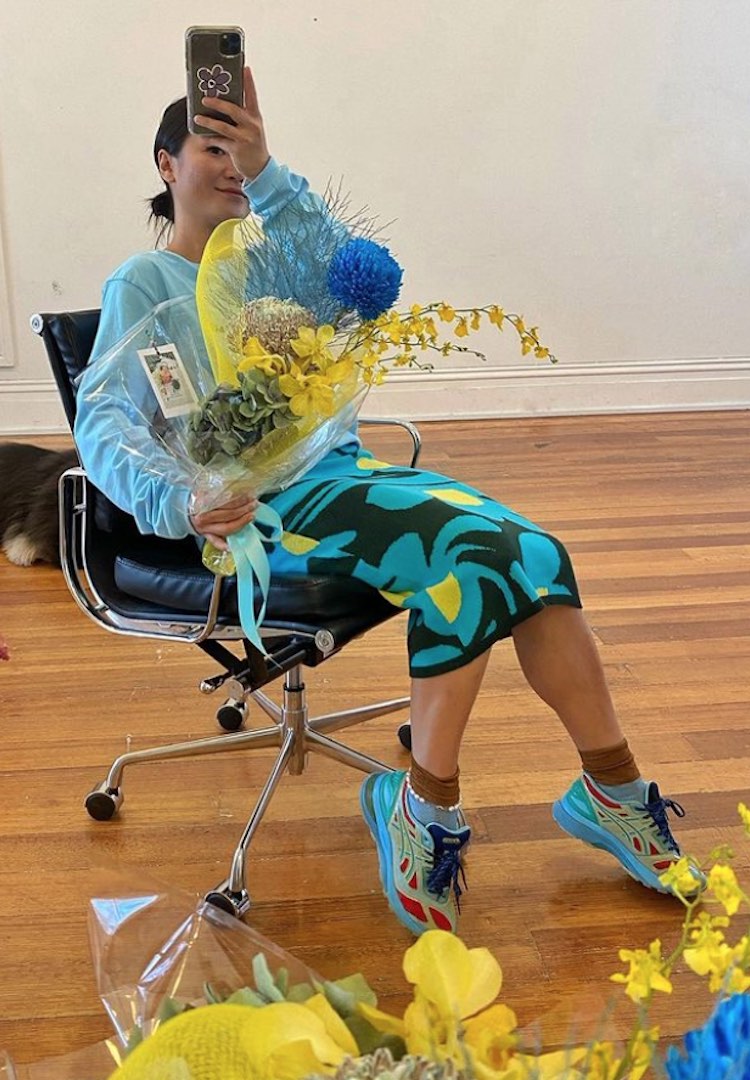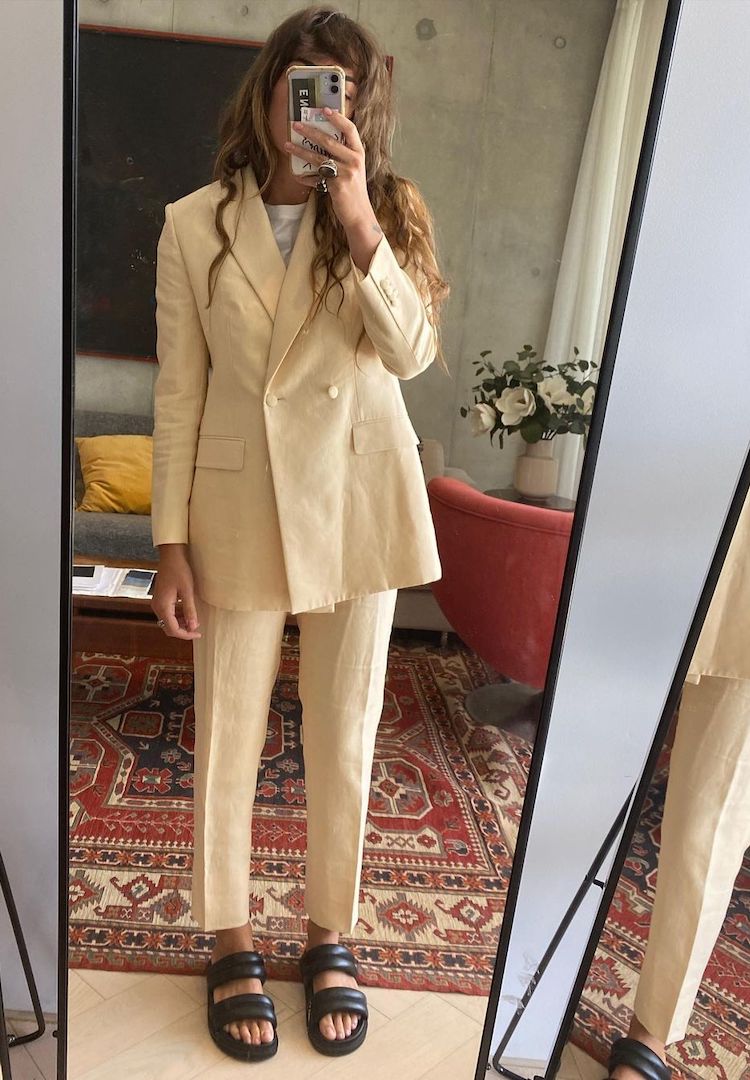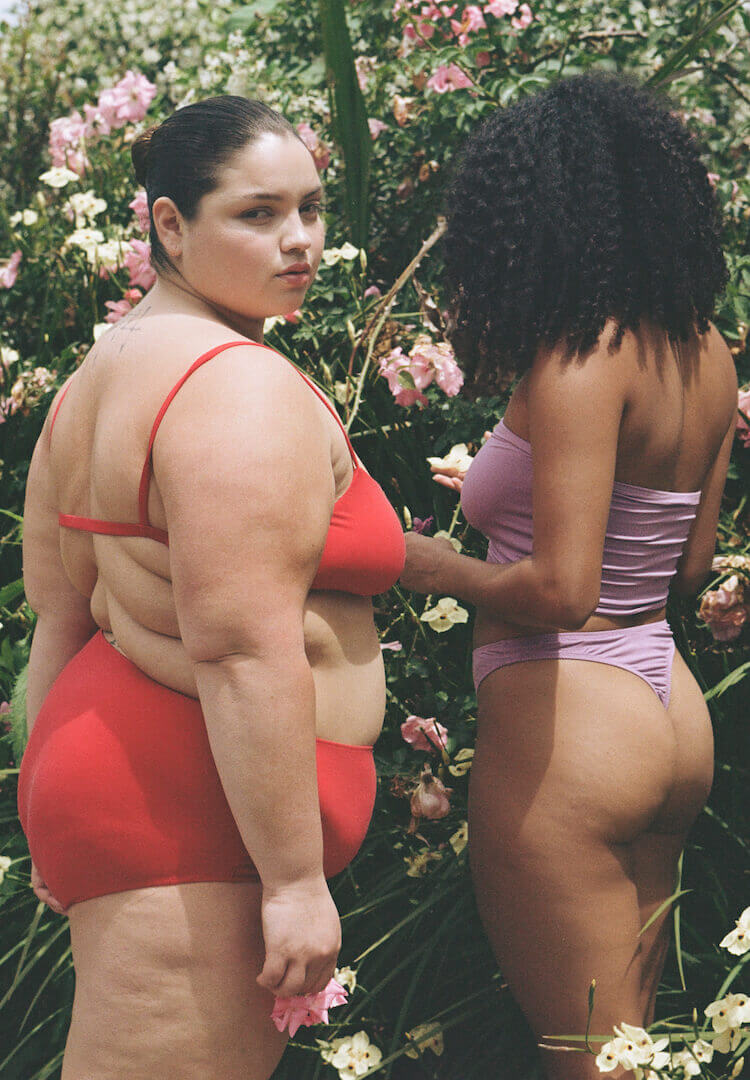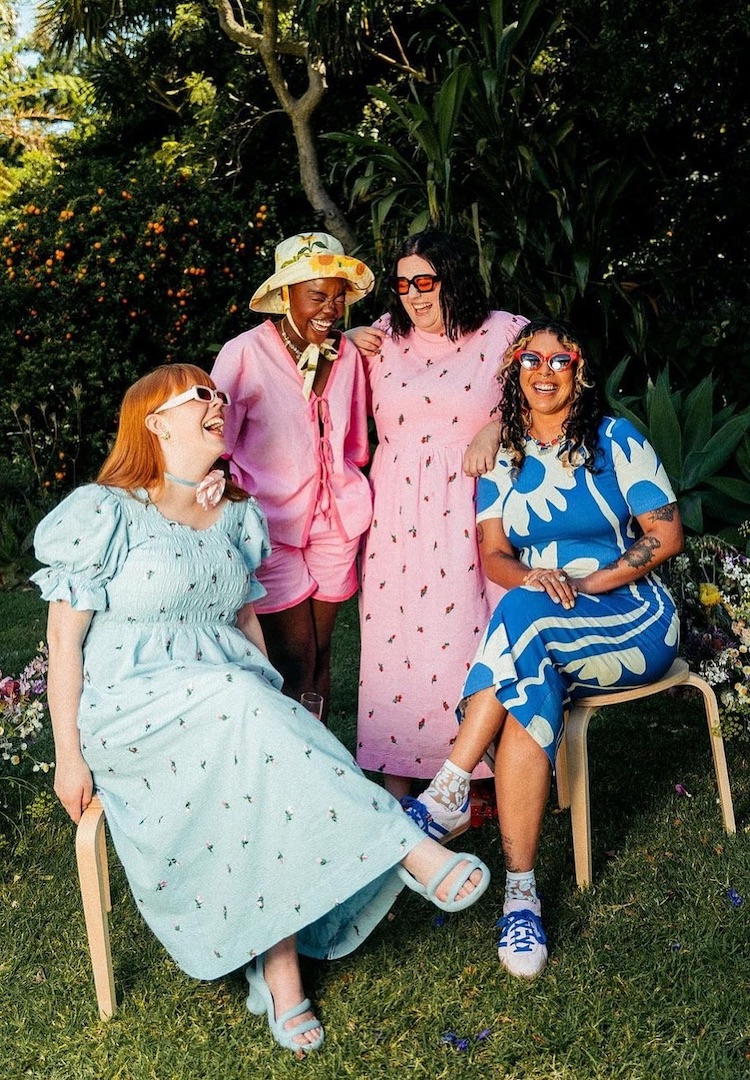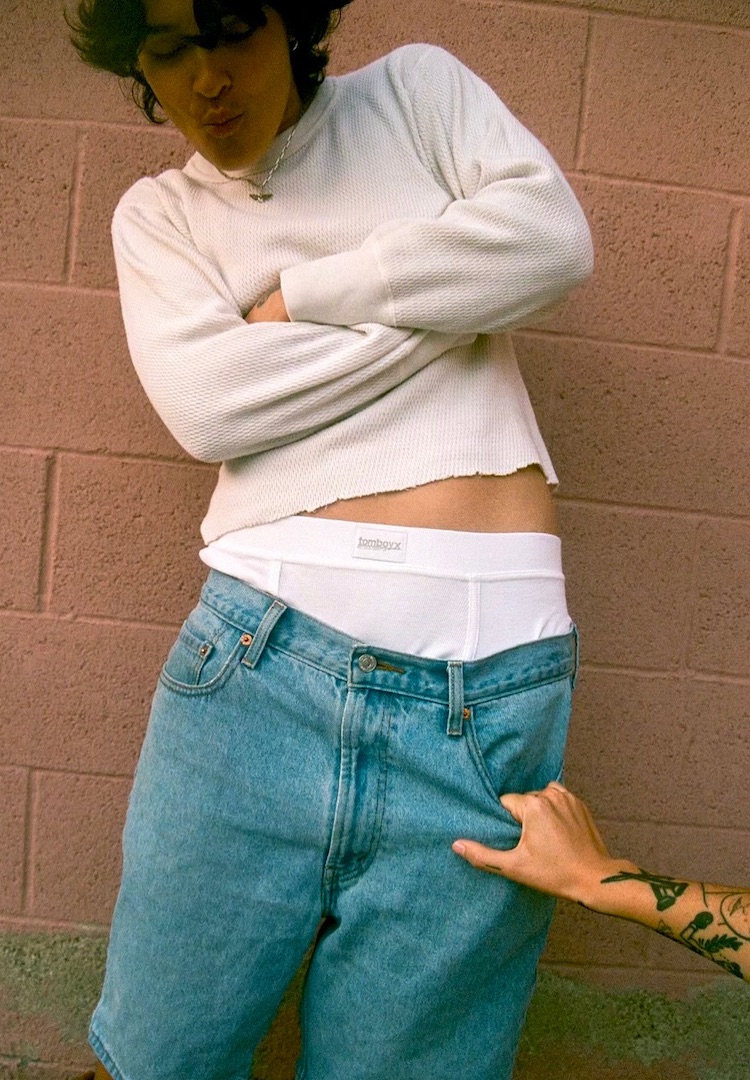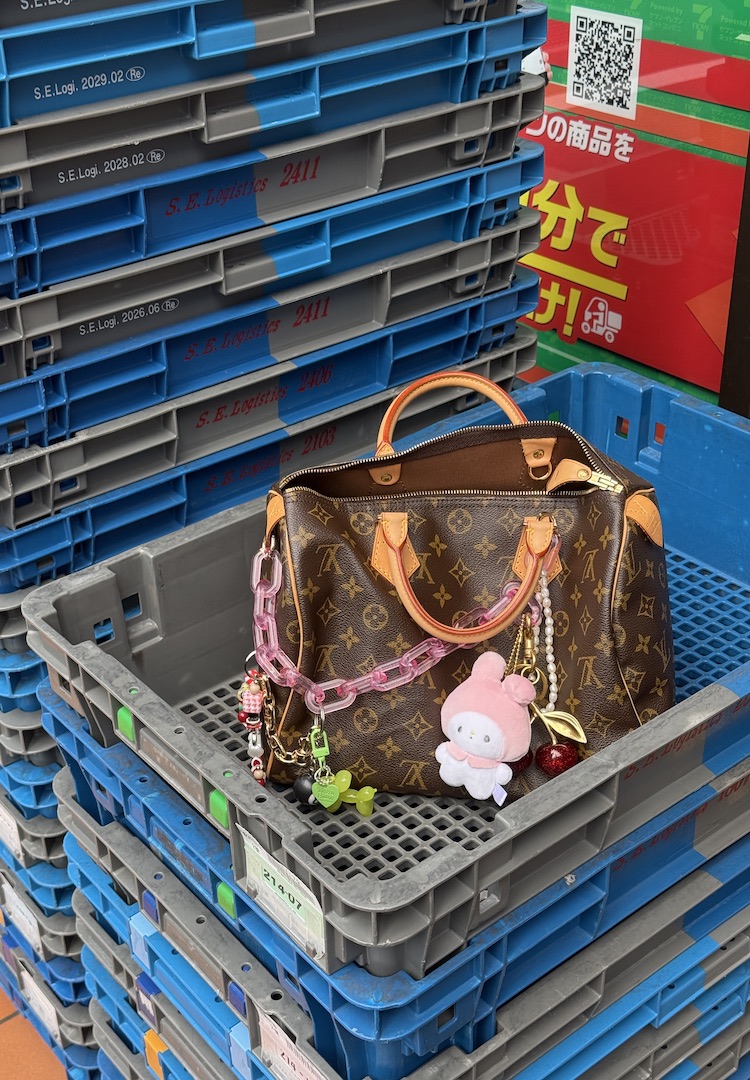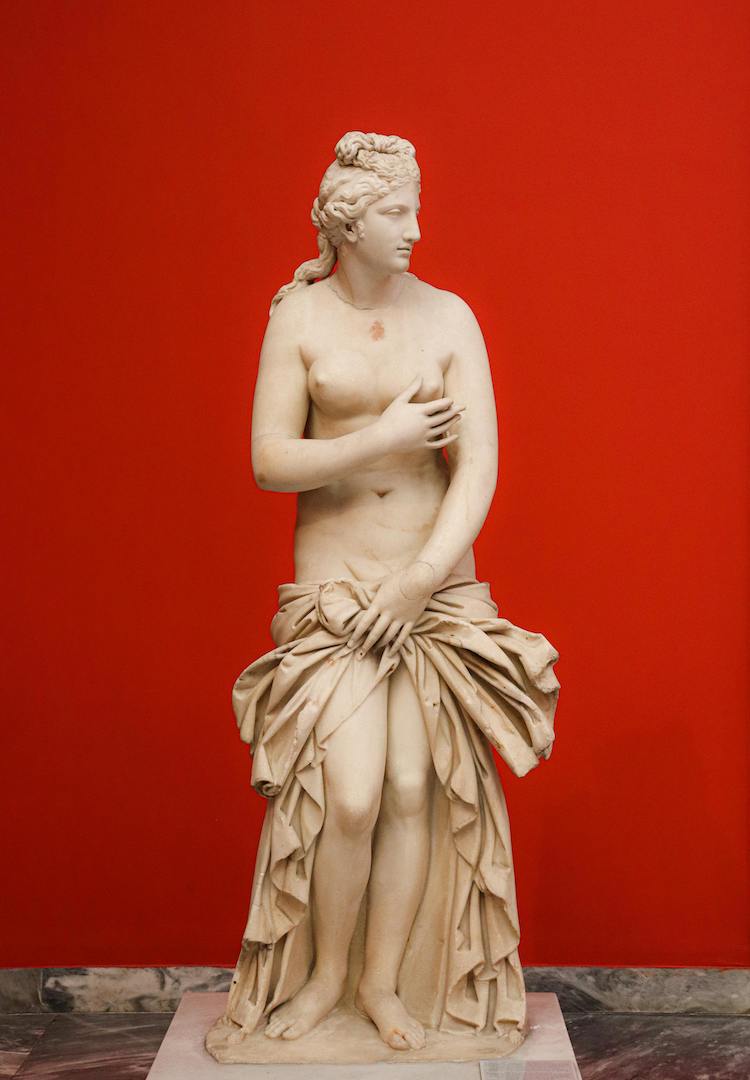How adaptive fashion found its way into the mainstream in Australia
WORDS BY LEEANN BUSHNAQ
“Disabled people have always had power and something to say in this space.”
Inclusive fashion was once seen as a way to supersede competitors and harness a positive brand image. Now it’s imperative. The Australian mainstream fashion scene has been conscious of inclusivity in fashion through greater size offerings and racial and body diversity in campaigns, but now it’s time for Australian fashion to translate that consciousness into adaptive fashion.
Grace Stratton, the director of All Is For All, an accessible communications agency based in New Zealand, describes adaptive fashion as “fashion that is built to be functional for people that have different requirements from their body or their clothing”.
For more on inclusive fashion, head to our Fashion section.
After years of little to no offerings for the fashion-conscious in the adaptive fashion space, things are beginning to look up. The Iconic has become the first major Australian and New Zealand retailer to provide a tailored shopping destination to serve the one in five Australians living with disabilities and other access needs. Launching with over 130 pieces, the retailer is featuring clothing from Tommy Hilfiger and Australian labels including Christina Stephens and Jam.
“Disability is an experience that one has and it forms the barriers they experience and perceptions they experience in the world. It’s often more of a lifelong [experience]. An access need is someone who isn’t disabled, but for a period of time is experiencing something that might require some adaptions,” says Grace.
Representing both experiences is a primary consideration for The Iconic. Working closely with All Is For All, a leading firm in the accessibility consultancy space, the retailer aimed to ensure the adaptive edit was informed by lived experiences. Jacquie Fegent-McGeachie, Adaptive Edit Lead and Head of Sustainability at The Iconic, ensured that the pan-disability philosophy of All Is For All was incorporated into the project.
“We worked closely with All Is For All to cast diverse model talent so that we could ensure we represent a wide spectrum of abilities… [we also worked with them across] bringing an accessible photoshoot to life and language guidance, helping deepen our understanding of disability in all its forms.
“It’s very important to have the different communities represented. There were some constraints for us in terms of the availability of models who are disabled. They’re not as often cast because there is a perception that they are not as in demand in the industry… we’re all hoping that The Iconic’s edit will be a catalyst [for more representation]. Considering that we worked within the constraints that we did, we’re very pleased with the diversity that we were able to achieve,” she tells me.
View this post on Instagram
“For example, having learning disabilities represented was very important because they often experience different stigmas than people with physical disabilities. Making sure we’re uplifting all of those communities was important to me and The Iconic, and I know they are committed to only increasing that diversity as we move forward,” adds Grace.
The benefits of model diversity are twofold. On one hand, it broadens the space for the disabled community and its talent, but it also repositions the disabled community in the eyes of society. Grace adds that “this might be the first time that some of The Iconic’s customers have seen a disabled person celebrated in this way. That’s why it was really important to have it as diverse as it was”.
“There’s often a misconception that adaptive clothing is only for those with a disability, however, it can also serve a much broader community with access needs including those who are aging, pregnant, breastfeeding and more,” says Jacquie.
On the surface, the edit is about improving access to fashion but it actually acts as a springboard for much larger conversations. “Bringing adaptive fashion into the public vernacular represents a door opening so we can have broader disability representation and discussion in the mainstream,” Grace explains.
“I grew up in the 2000s, and I can’t point to an example like this when I was growing up as a child. Seeing a disabled person celebrated in this way – I can’t think of one off the top of my head. If we can help kids [and others] with disabilities see that their abilities are being fostered through this sort of design, then they’ll be able to grow in their own confidence and know that they are able to do things if they want to.
“We need to build this idea in society that independence is being in control of how things are done, rather than doing everything yourself… it places the autonomy and choice back in the hands of the disabled person, rather than someone saying that they won’t be able to do that button or zip,” explains Grace.
In bringing this edit to life, Grace says the focus was firmly on amplifying disabled people and their stories. “We talk a lot about empowering disabled people, but the trouble with that is it infers that disabled people didn’t have power in the first instance. Disabled people have always had power and something to say in this space. These edits and the work that The Iconic is doing… isn’t about empowering people, but amplifying them to be able to realise that they can reach higher, or do more, or be part of this space and buy clothes like everyone else.”
Breaking adaptive fashion into the mainstream is a positive step forward, but it doesn’t come without challenges. Around four out of every 10 Australians living in poverty have a disability, meaning the edit has had to strike the right balance in achieving affordability for customers.
“The poverty that disabled people experience stems from many different avenues, and it’s our collective responsibility to shift that. The Iconic is doing its bit and is really committed to making sure that the edit is able to be experienced by as many people as possible… accessibility is fundamentally important,” says Grace.
However, Grace explains that including pricier items within the edit has lasting benefits for the disability community. “It’s important that we see disability representation in those sorts of higher price points because the only way to get to a place where disabled people can one day afford those items, is to build a society where they’re celebrated in those corners.
“We need to make sure disabled people are represented at all price points… I think if we celebrate people in those higher aspects of society, then we’re saying to them, ‘You can get here and we’re going to build a society that enables you to succeed, not just remove you because we’re making an assumption that you might not be able to afford it, or want to be here’.”
Jacquie and Grace believe that The Iconic’s edit will stimulate a range of new developments in adaptive fashion, and make disability representation normalised in the Australian context. “This is only the start for us. Through helping bring adaptive style further into the mainstream, we’d love to see more Australian and New Zealand designers and brands cater to this market,” Jacquie tells me.
“I think we’re definitely getting to a place where disability representation is becoming part of the vernacular. We all have a role to play in the transition of conceptualising disability as a negative thing, towards disability being seen as a part of culture. That’s why fashion is so powerful… it does have a lot to say about how we shape the world, and how we interact with others. That is the power of the edit, it’s that we’re bringing disability to a new range of people that mightn’t have ever thought about it before,” adds Grace.
You can shop The Iconic’s adaptive edit here.

